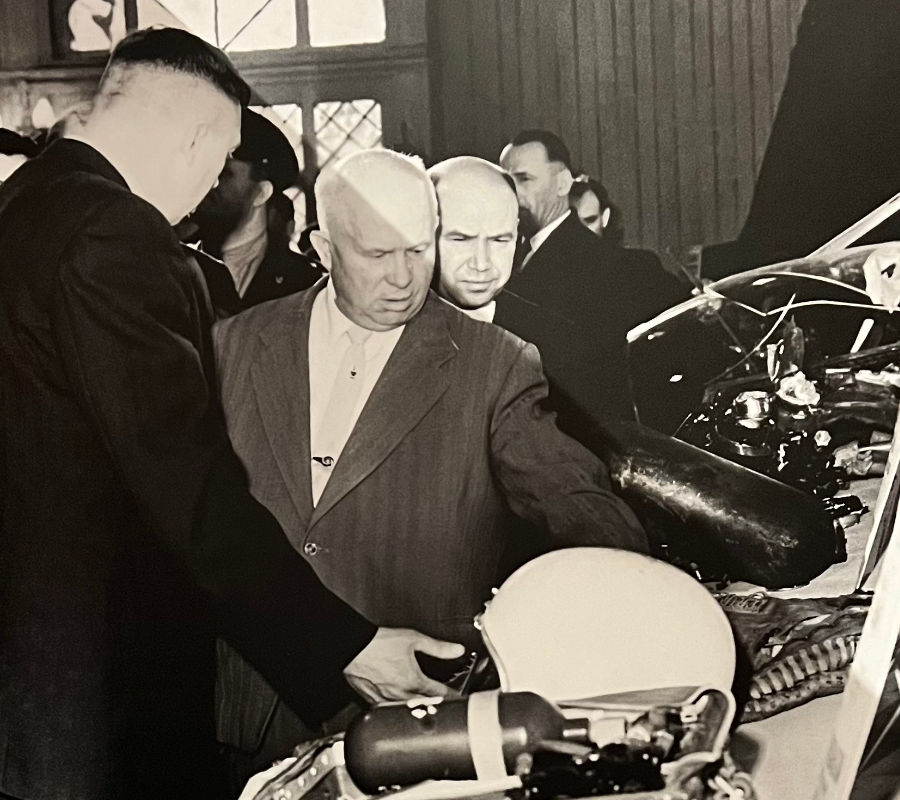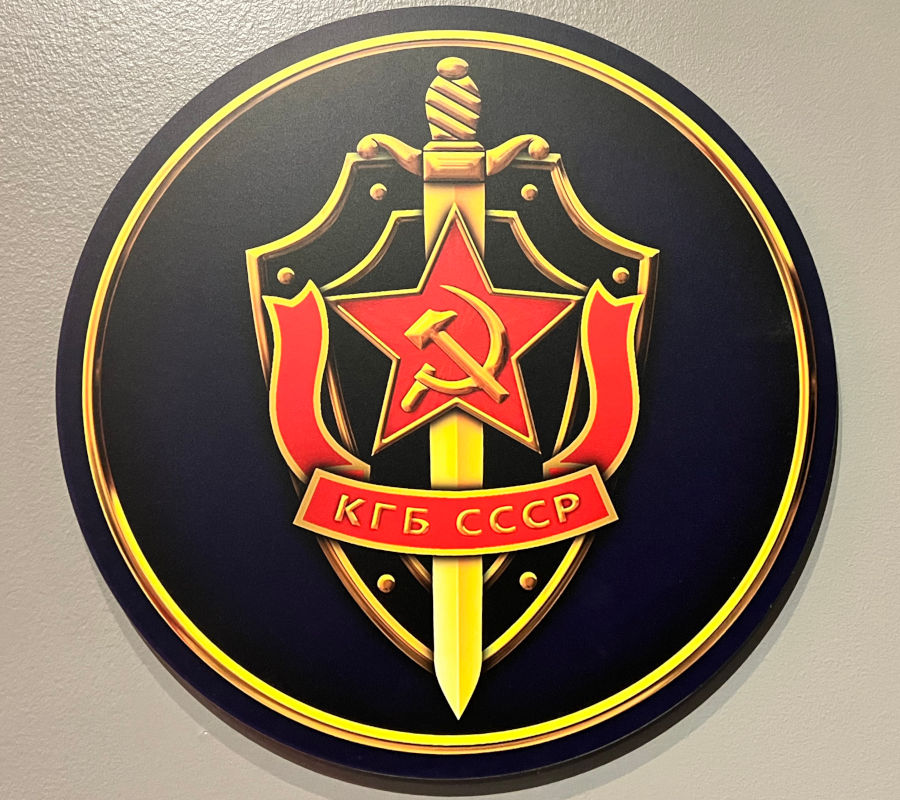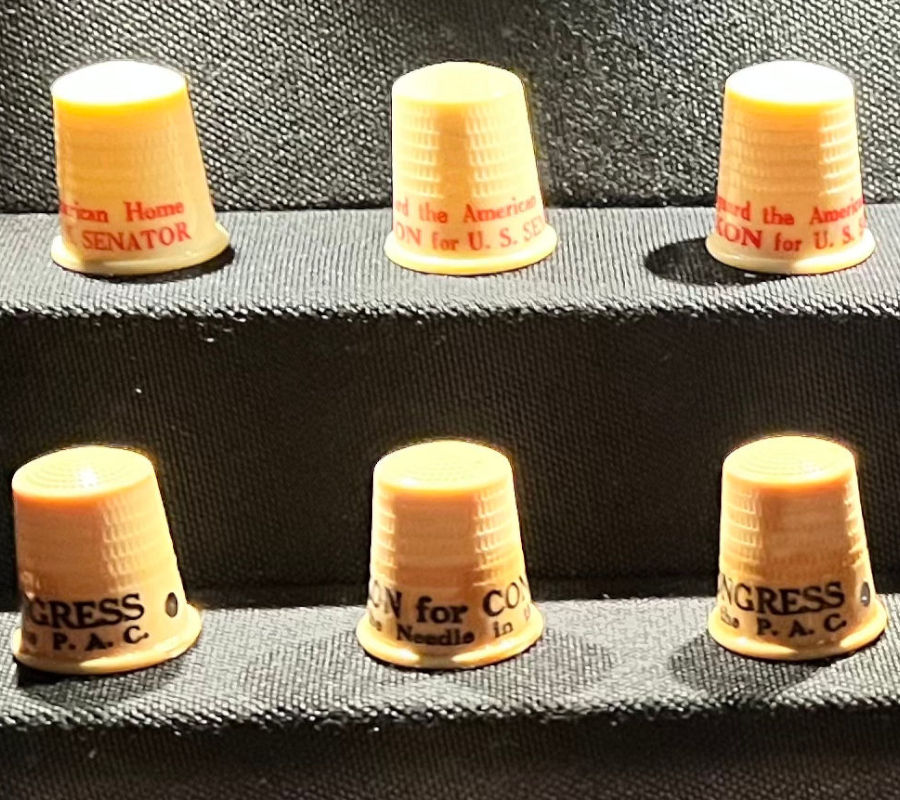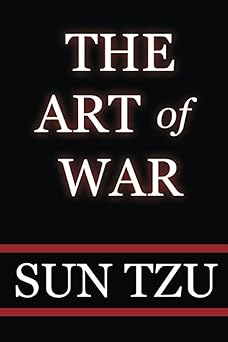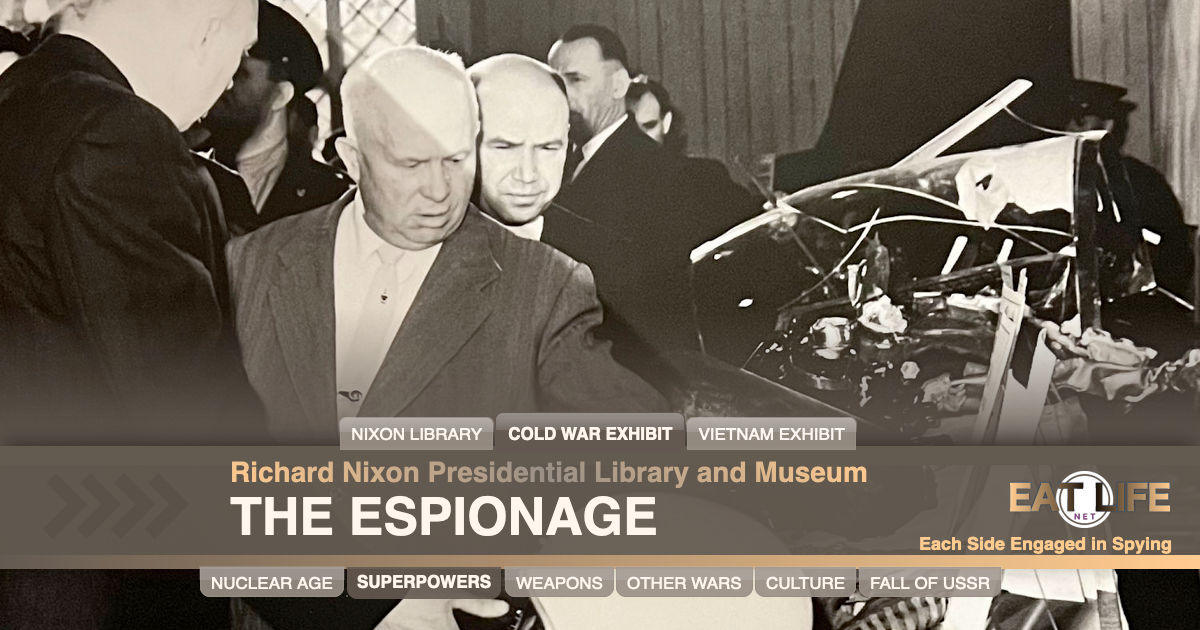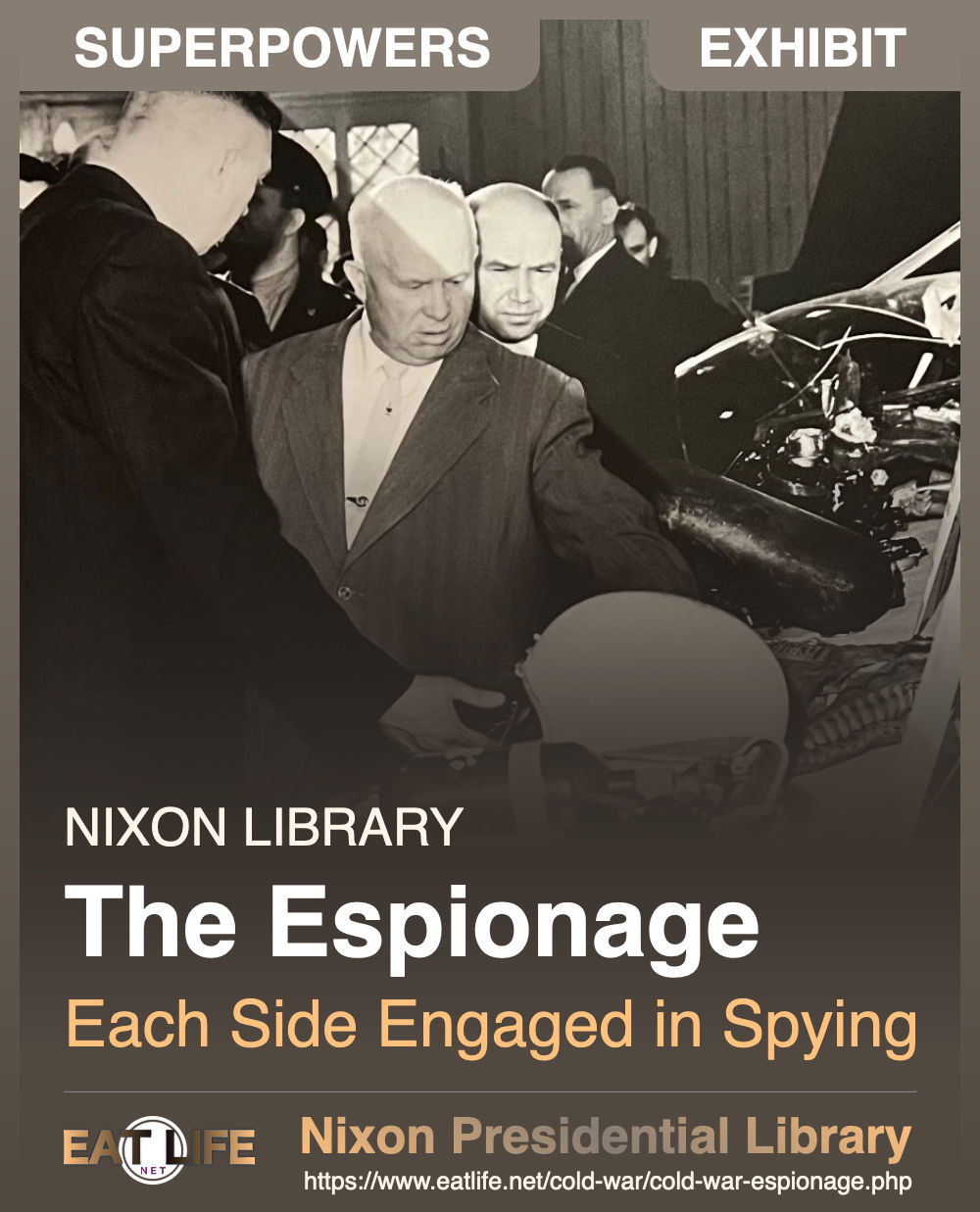Spying in the Cold War expanded beyond centuries-old spying techniques, such as the use of coded messages, double agents, and invisible ink. Advances in the technology of espionage made possible new methods that raised the art of spy craft to unprecedented levels.
These advances included sophisticated listening devices, surveillance by satellites and high-altitude aircraft, and miniaturization of cameras.
The United States Central Intelligence Agency (CIA) and the Soviet Union's Committee for State Security (known as the KGB) were primarily responsible for espionage during the Cold War. Each nation's military also played an important role in gathering intelligence about military and nuclear posture and progress.
Both the CIA and the KGB developed a stunning, creative, and sometimes bizarre array of methods to gather intelligence and protect their agents.
The end and aim of spying ... is knowledge of the enemy.- The Art of War, Chinese General Sun Tzu, 544 BCE - 496 BCE
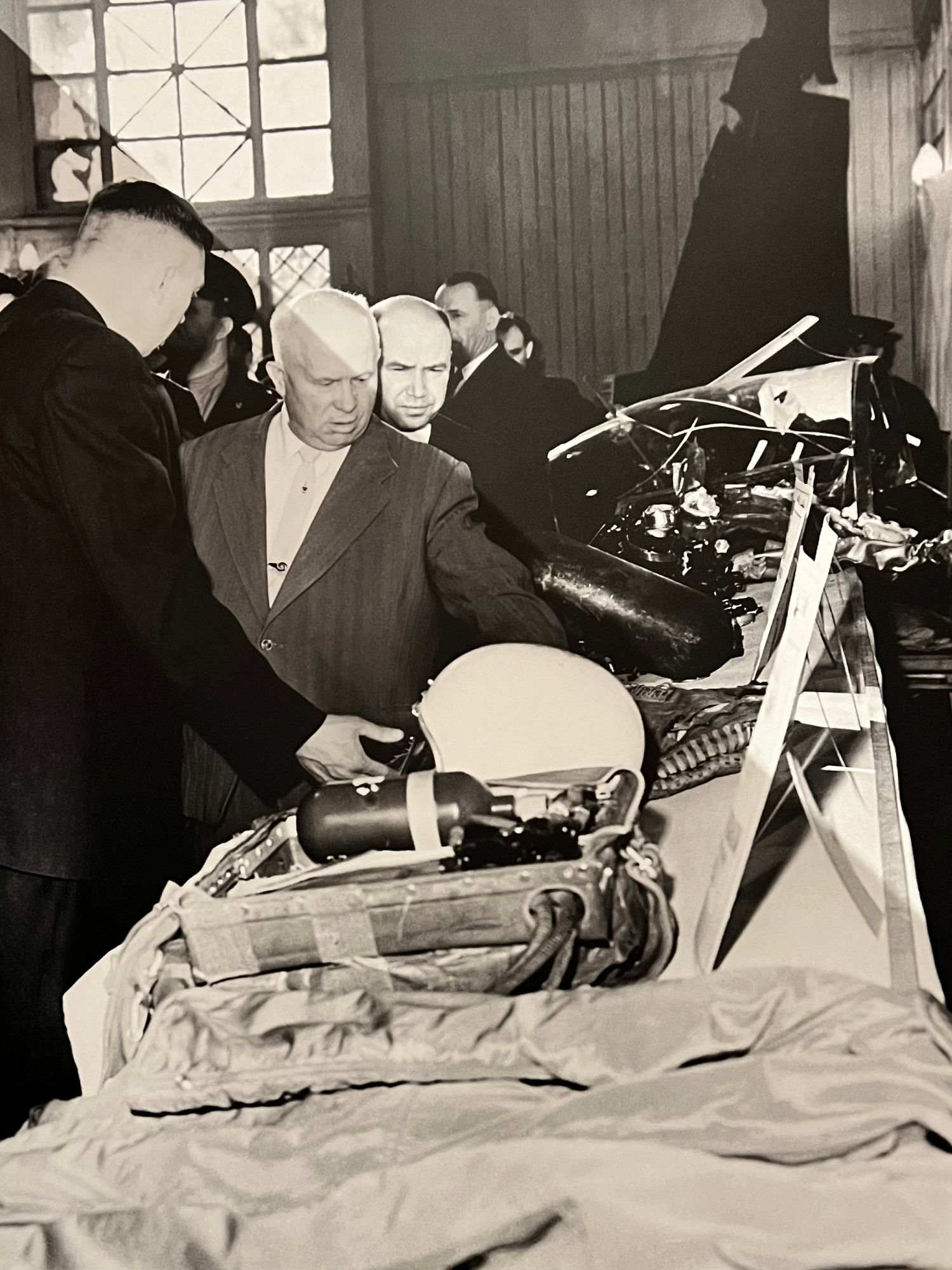
U-2 Spy Plane Wreckage
- Soviet leader Nikita Khrushchev examines wreckage recovered from a downed American U-2 spy plane piloted by Francis Gary Powers.
Powers was shot down in Soviet airspace on May 1, 1960. Convicted of espionage, the Soviets released Powers on February 10, 1962 in exchange for a high-ranking KGB agent, Rudolf Abel. Abel had been convicted in 1957 of spying for the Soviets in the United States.
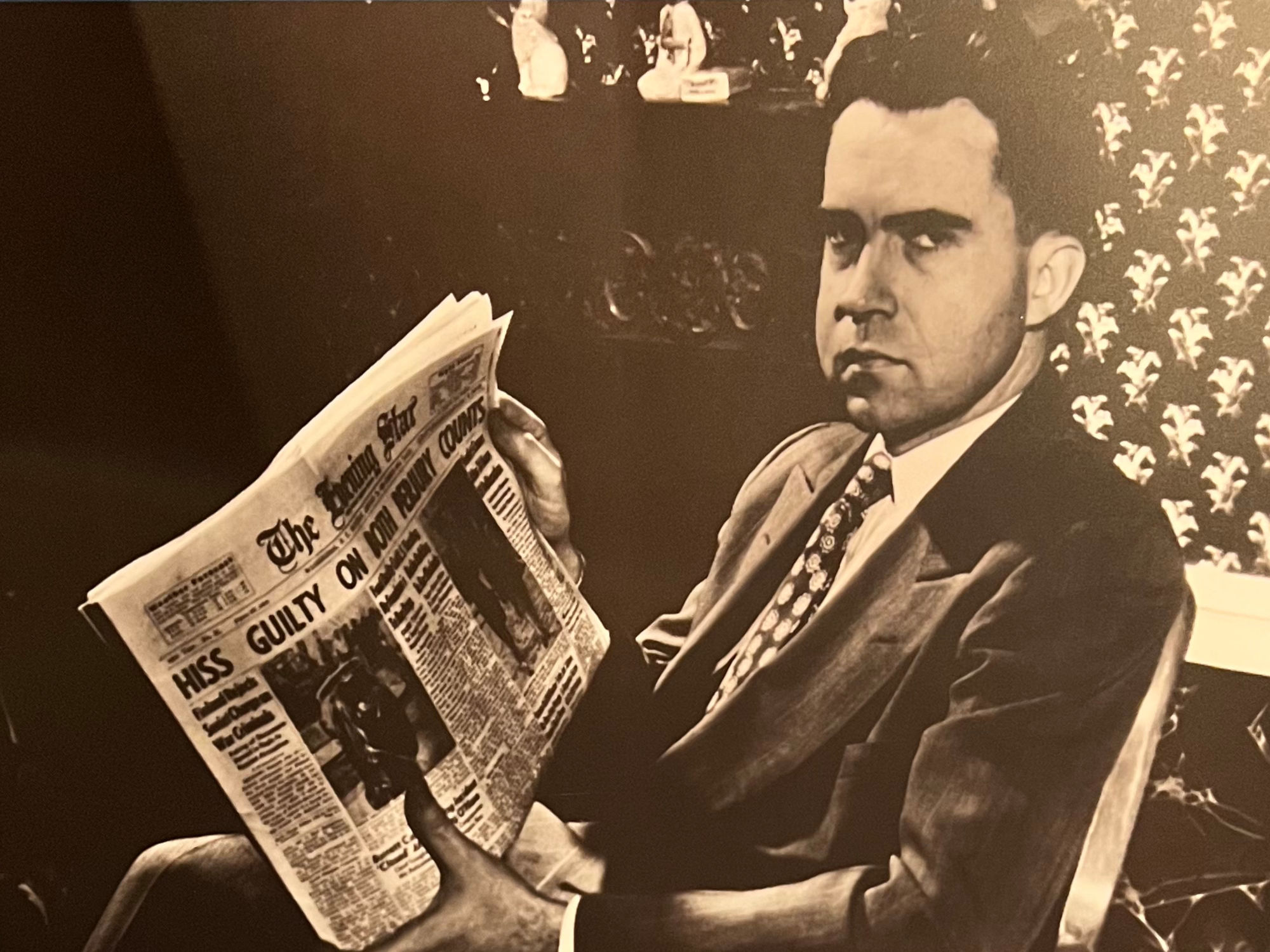
The Hiss Case
- Congressman Richard Nixon reads about Alger Hiss' January 21, 1950 conviction for perjury.
Hiss lied when he denied providing classified information to the Soviet Union. He was not tried for espionage because the statute of limitations had run out. Hiss served nearly four years in federal prison.
The Hiss case completely changed the public's perception of domestic communism
His testimony that day ignited an investigation that would expose a conspiracy by American communists to infiltrate the United States government. It also put Richard Nixon, a freshman congressman from California's 12th district, onto the front pages of newspapers across the country.
Chambers testified that he had been part of a Communist spy group in Washington, D.C. in the 1930s. Then he dropped a bombshell: among the members of the group was a well-respected and popular senior State Department official named Alger Hiss.
Hiss came before the Committee two days later and vehemently denied the charge. Many prominent people in Washington vouched for Hiss. But Nixon sensed that Hiss was not being truthful.
Nixon launched an investigation that would eventually corroborate Chambers' testimony. Hiss' fate was sealed when Chambers provided Nixon with microfilm that he had hidden in a hollowed-out pumpkin on his Maryland farm. This evidence proved that Hiss had provided classified documents to the Soviets. Hiss would eventually go to prison for perjury for denying he spied for the Soviets, though he would insist for the rest of his life that he had not betrayed his country.
After the fall of the Soviet Union in 1991, all doubt about Hiss' espionage disappeared when documents in the Soviet archives proved that Hiss had, indeed, been a Soviet spy.
